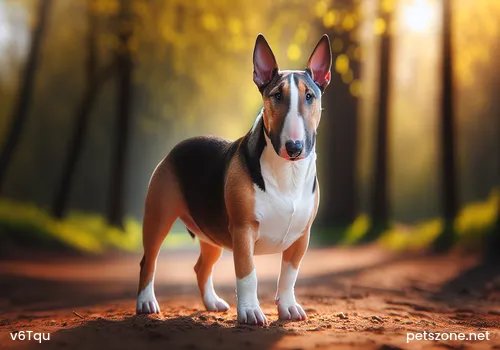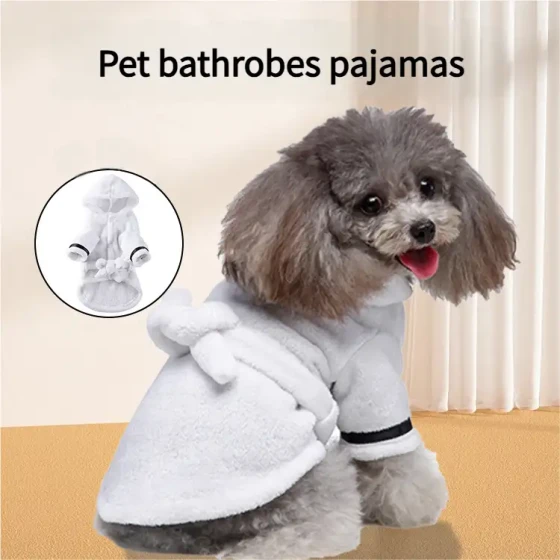Is the Birth of the Burmilla Cat an Accident?

Noble Queen Burmilla Cat
The Burmilla cat is the offspring of a Burmese cat and a Chinchilla longhair cat. Even in the scorching summer, the lively and adorable Burmilla cat is sure to bring a refreshing breeze. It is not only easygoing and extremely friendly, but also one of the most beloved cat breeds among children. The concave nose bridge gives the Burmilla cat an extra touch of innocence. However, did you know? The birth of the Burmilla cat was actually an accident.
The Burmilla cat was born from an accidental mating between a silver Chinchilla longhair cat and a lilac-colored Burmese cat. Lady Miranda Von Kirchberg Baroness established a breeding program intending to cultivate kittens with the appearance of a Burmese cat and the tipped silver coat of the Chinchilla. The Burmilla cat made its debut at a cat association exhibition in 1983. Meanwhile, Charles and Teresa Clark bred another bloodline of the Burmilla cat with beautiful markings. Combining these two breeds resulted in higher quality descendants.
The Burmilla cat combines the beauty of the Chinchilla and the affectionate nature of the Burmese. This is a beautiful cat love story: long ago, just before a Chinchilla princess was sent to meet a Chinchilla prince to build a wonderful family, the princess escaped from the careless servant's hand and accidentally entered a forbidden area—the study. There, lived a handsome Burmese prince. Under a dark and windy night, the Chinchilla princess and Burmese prince secretly tasted forbidden fruit, giving birth to the super cute burmilla.
In terms of temperament, the Burmilla cat is lively and friendly, easygoing by nature, and charmingly playful, making it the perfect companion and an ideal choice for a household pet.
So, what are the characteristics of the Burmilla cat?
Body: Almost all white at the base with lilac-tipped fur.
Head: Wedge-shaped short head with a distinctive concave nose bridge, green eyes, and a reddish-brown nose.
Coat color: Slightly darker markings visible on the head, legs, and tail.
Tail: Not very thick, tapering gradually towards the tip.
Coat type: Fine, short, soft, and lying close to the body.



